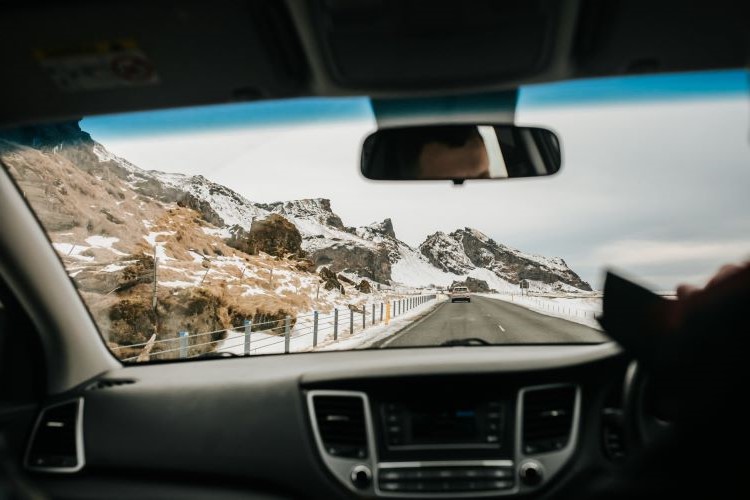As the weather begins to chill and Australia’s Alpine Region beckons, the temptation to flee the city and explore snow-capped mountain ranges can become too much!
And while your packing list should include the essentials like layers upon layers of warm clothing, plenty of good food to enjoy and various recreational paraphernalia to enjoy the snow, it’s just as important to ensure that your vehicle is up to the task.

Pre-Trip Vehicle Check:
You’re going to be relying on your vehicle to travel in conditions you’re probably not used to, which may include wet weather, icy roads and operating temperatures far below those you and your car are used to.
Provided your vehicle maintenance is up to date, a pre-trip check could be as simple as stopping at a service station on the way out of town to double check your fluid levels and tyre pressures. Otherwise, if you’ve been delaying a comprehensive vehicle service then booking it in a week before you plan to travel isn’t a bad idea.
Ensure your vehicle's battery is fully charged, as batteries are more likely to fail during seasonal changes in temperature. It’s also a great time to check and replace worn-out windshield wipers to maintain clear visibility.

Plan and Prepare:
The Alpine Region is popular during the ski season, but that’s not to say it’s as populated as your average extra-urban or regional destination. To that end, make sure you’ve planned your trip - be familiar with the weather you may encounter, and plan your rest and fuel stops so that you’ve got enough fuel to get to your accommodation and back to local amenities.
Weather may restrict your travelling speeds, so allow extra travel time and make sure you’ve alerted a friend or family member to your travel plans.
Equip Your Vehicle with Snow Chains:
Snow chains are a crucial safety tool when driving in snowy conditions. In areas where their use is mandatory, make sure you have chains designed to fit your vehicle’s tyres. Practice installing them on to the vehicle’s drive tyres beforehand to familiarise yourself with the process. Remember to follow the manufacturer's instructions for proper installation and removal.
Most towns on the outskirts of Australia’s ski fields will have chains for hire and can coordinate fitment and give you a crash course in how to use them. Chains aren’t mandatory all year round, so do a quick search before you book your trip to find out if you’ll need them.

Do I Need Special Tyres?
Unlike snow-prone regions in the northern hemisphere that might need a set of separate summer and winter tyres, Australia’s climate does not demand seasonal tyre fitments. As such, it’s important that our tyres are up to the task of traversing snowy or icy Alpine roads.
You don’t need special tyres on your passenger car, SUV or 4x4 to access the Alpine region, however they’ll need to be in good repair. No matter what vehicle you’re travelling in, ensure that your tyres have plenty of tread to maximise grip, and are correctly inflated.
Adjust Your Driving Technique:
When driving in the snow, it's important to adapt your driving technique to the conditions. Reduce your speed and increase the distance between your vehicle and the one ahead. Gentle acceleration and deceleration will help prevent any loss of traction. Smooth steering inputs and gradual braking will contribute to maintaining control. Avoid sudden manoeuvres that can destabilise the vehicle.

Be Mindful of Black Ice:
Black ice, a thin layer of transparent ice on the road surface, is extremely hazardous. It can be challenging to spot, leading to sudden loss of control. Be cautious when driving over shaded areas, bridges, and intersections as they are more prone to black ice formation. If you encounter black ice, maintain a steady speed, avoid sudden braking and gently steer in the direction you want to go.
Stay Informed and Alert:
Stay updated on weather and road conditions throughout your journey. Listen to local radio stations for updates and information. Be vigilant and keep an eye out for potential hazards such as fallen branches, snowdrifts or other stranded vehicles. If visibility becomes too poor, find a safe place to pull over and wait until conditions improve.
Driving in the snow requires extra caution and preparation. By planning ahead, equipping your vehicle with the necessary tools and adjusting your driving technique, you can ensure a safer journey.
Don’t forget that there’ll be other snow fans on the road so be prepared for increased traffic on the roads, and manage your fatigue on long road trips by stopping frequently.
